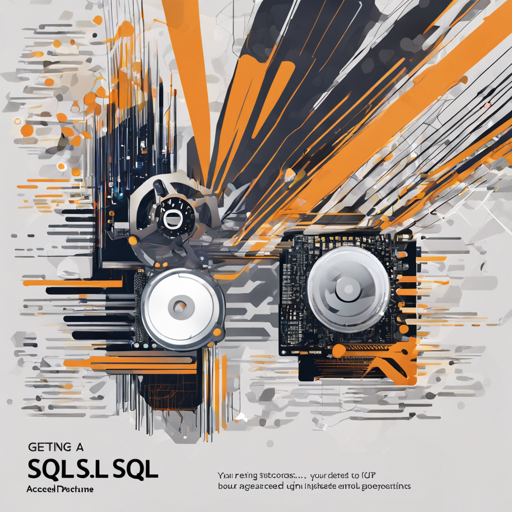Welcome to the world of BlazingSQL, a cutting-edge, GPU-accelerated SQL engine built upon the RAPIDS.ai ecosystem. BlazingSQL allows data scientists and developers to harness the power of GPUs for SQL queries, significantly speeding up data processing tasks.
What is BlazingSQL?
BlazingSQL is a SQL interface for the cuDF DataFrame library, designed specifically for performance-oriented manipulations of large datasets. Utilizing an efficient columnar memory format called Apache Arrow, it allows you to perform complex SQL queries seamlessly on GPU DataFrames (GDFs).
Why Use BlazingSQL?
- **Query Data Stored Externally**: A single line of code can register and query data from cloud storage solutions like Amazon S3.
- **Simple SQL**: Execute SQL queries with ease; results are returned as GPU DataFrames, ready for further manipulation.
- **Interoperable**: GDFs can interact with other RAPIDS libraries, allowing for diverse data science tasks.
How to Get Started
Let’s dive into the key steps needed to set up and run your queries in BlazingSQL.
Step 1: Prerequisites
- Install Anaconda or Miniconda.
- Ensure your OS supports:
- Ubuntu 16.04 or 18.04 LTS
- CentOS 7
- Have a compatible GPU (Pascal or better, Compute Capability ≥ 6.0).
- CUDA version should be 11.0, 11.2, or 11.4.
- Python version must be 3.7 or 3.8.
Step 2: Installation
You can easily install BlazingSQL using conda. Here’s how to do it:
conda install -c blazingsql -c rapidsai -c nvidia -c conda-forge -c defaults blazingsql python=$PYTHON_VERSION cudatoolkit=$CUDA_VERSIONReplace $CUDA_VERSION with your CUDA version (11.2 for example) and $PYTHON_VERSION with your Python version (3.8).
Step 3: Running Queries
Now that you have installed BlazingSQL, let’s create and query a table using a GPU DataFrame.
Imagine a library filled with countless books. To locate and analyze information efficiently, you would typically use a classic index card system to browse through thousands of titles. BlazingSQL acts just like this library but dramatically enhances it by indexing the entire library on a GPU. This allows you to find, filter, and analyze your data much faster.
import cudf
from blazingsql import BlazingContext
df = cudf.DataFrame()
df['key'] = ['a', 'b', 'c', 'd', 'e']
df['val'] = [7.6, 2.9, 7.1, 1.6, 2.2]
bc = BlazingContext(enable_progress_bar=True)
bc.create_table('game_1', df)
result = bc.sql('SELECT * FROM game_1 WHERE val > 4')
print(result)Step 4: Querying Data from AWS S3
If you want to query data stored in AWS S3, just follow this example:
bc = BlazingContext()
bc.s3('blazingsql-colab', bucket_name='blazingsql-colab')
bc.create_table('taxi', 's3://blazingsql-colab/yellow_taxi_data.parquet')
result = bc.sql('SELECT passenger_count, trip_distance FROM taxi LIMIT 2')
print(result)Troubleshooting
If you encounter issues during installation or while running queries, consider the following troubleshooting tips:
- Ensure all prerequisites are met, including compatible versions of CUDA and Python.
- Check that your GPU is properly set up and recognized by your system.
- Consult the BlazingSQL documentation for detailed error explanations and fixes.
- For more insights, updates, or to collaborate on AI development projects, stay connected with [fxis.ai](https://fxis.ai).
Conclusion
At [fxis.ai](https://fxis.ai), we believe that such advancements are crucial for the future of AI, as they enable more comprehensive and effective solutions. Our team is continually exploring new methodologies to push the envelope in artificial intelligence, ensuring that our clients benefit from the latest technological innovations.
Additional Resources
Explore more tutorials, examples, and effectively utilize BlazingSQL for your data-intensive applications!

